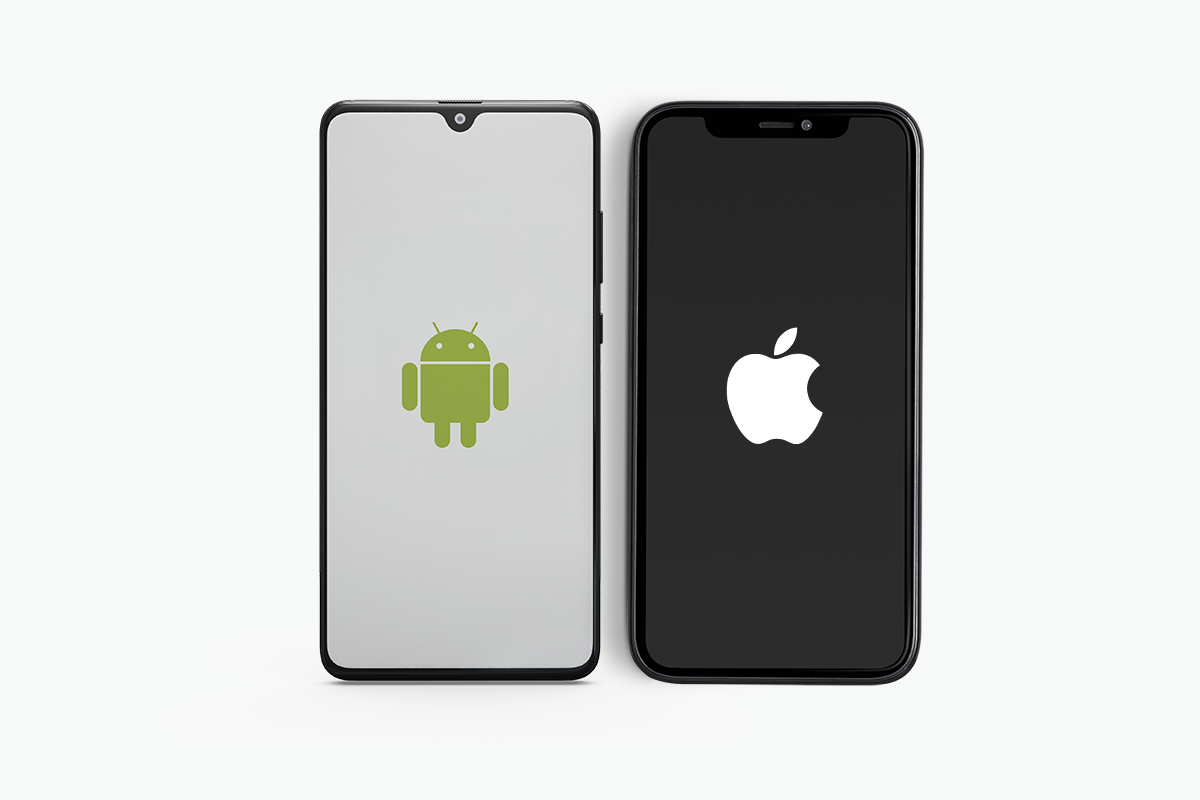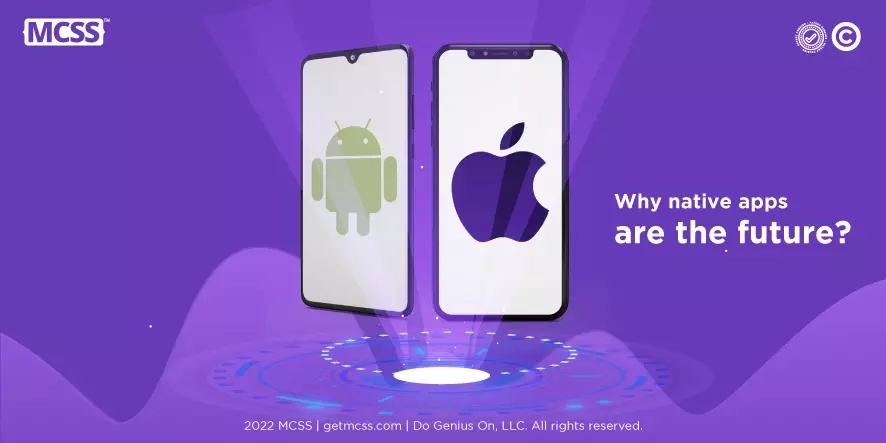If you want to build an app, you have surely heard terms such as native apps, hybrid apps or "PWA" web apps. There are several examples, however an important fact is that more than half of mobile applications are native.
Native apps are developed for a specific interface, for example, if we say that an application is native for iOS, it means that it has been built only for the Apple interface. Native applications built exclusively for the operating system guaranteed the best performance and user experience. Native applications are built with the programming language of the device platform; Swift for iOS and Java for Android.
Web apps are built by writing code in HTML5, which is used for building web pages, but has the lowest user experience and performance. Hybrid applications are created using HTML + CSS and Javascript, and encapsulated into a native core IPA for iOS and APK for Android giving the feeling of a native application installed in the user device. Hybrid applications have a better user experience and performance than web apps but still are far from the performance, reliability and the user experience of a truly native app.
Why do companies choose to develop native apps?

Well the truth is that they have the possibility of suggesting many features such as: best performance, efficiency and adaptability of the elements of the device’s OS. Native apps can exploit and take 100% of the resources of all the elements of the operating system, they fully share all benefits from the interface and can be optimized at the highest level to all native features and resources of the user device such as:
- GPS
- Tape recorder
- Camera
- Fingerprint reader
- Calendar
- Contact list
- Image gallery
Let’s say you have a project/company related to photo editing and you need an application for making the editing process easy for your users. If the app you built does not have access to the camera or the image gallery, then you will not be able to have an optimized app, which translates into uninstalls by users due to a bad experience within the app. By building a native application you can guarantee and satisfy the user’s needs.
Building native apps gives you an edge over the competition due to the efficiency and high performance that translate into a better user experience.
Native apps are fast, reliable, and more robust than hybrid apps or web apps, and speed and size of the app file are important factors for a successful end product. If you care to give the best user experience, this will transform into excellent reviews, more downloads and less churn rates.
The Power of MCSS - Mobile Cascading Style Sheets
If you want to build native mobile apps smarter and faster, then you should use the MCSS framework. MCSS allows you to take advantage of the full potential of native languages, use a style sheet as in CSS for web and apply changes instantly to multiple objects in Android and iOS simultaneously. It does not require you to upload a new version to the app stores and wait for approval to see the results.
Integrating MCSS into a native project is very simple:
- Create a free account at getmcss
- Get an app key
- Download the framework for iOS and/or Android
- Start identifying the components within the app by adding classes and id
- Write MCSS rules to create the desired layout
- Execute the apply method on the views.
- That is all.

